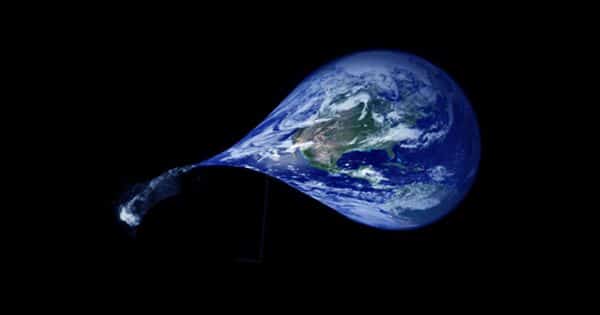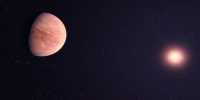The solar system is full of dust. This dust may come from some planets, the result
of some asteroids and comets. As the earth rotates in its orbit, it spreads it
regularly. This material gives rise to meteor showers and a small fraction of them
can reach the ground as micrometrics. An international program has been
working for 20 years to estimate how much rain falls on our heads each year –
they estimate that there are about 5.2 million kg (11.5 million pounds) of
micrometeorites.
This is the equivalent of two and a half thousand-space objects on Earth every
year. Larger meteors make up about 10,000 kilograms (22,000 pounds) of space
to reach Earth. These results have reported in the Earth and Planetary Science
Letter. The micrometers were very small – most of what reported in this study was
between 30 and 200 micrometers. Given their size, it is hard to work out how
much of them fall to the ground each year. The team, led by scientists from CNRS,
the University of Paris-Saclay and the National Museum of Natural History, went
to a place where they could find one of the best places in the world: Antarctica.
The Franco-Italian Concordia station is located in an area called Dom C in the
middle of the southern continent. The area covered with new snow and very little
earth dust, making it easy to find and collect space dust. The team conducted six
expeditions there, allowing them to estimate the micrometeorites of the annual
flow.
Investigations indicate that 80% of micrometeorites come from comets, mostly
from Jupiter-family comets. The remaining 20 percent comes from asteroids
instead. Searches above 100 microns should match the theoretical predictions for
external dust, but below 100 microns, we see much less micrometeorites than
predicted the amount of dust in the solar system at Earth’s distance from the sun
(1 astronomer). “This suggests several possibilities: the existence of highly fragile
particles that would not be collected with the Dome C snow collection protocol;
Removal of a significant number of tiny particles before entering the atmosphere;
Or the actual amount of small interplanetary particles at 1 AU may be less than
expected, ”the authors wrote in the conclusion of the research paper. The
uncertainty of this work may improve in the future with different methods of
sample collection.















